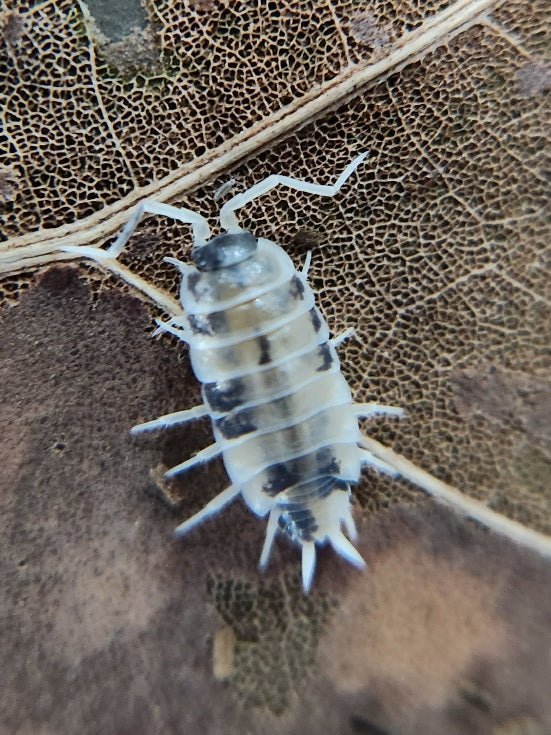IHEARTBUGS Community
How to get rid of fungus gnats?
Fungus gnats are annoying, but there is hope! Getting rid of gnats will not happen in a week or two. It will take several weeks to get rid of them, but they can be eradicated with some consistent treatment. Adding springtails alone is not going to completely take care of the gnat problem. Along with using springtails in the enclosure, Mosquito Bits and sticky traps will help. Prepare the Mosquito Bits according to the instructions, and put the Mosquito Bit and water solution in a spray bottle. Once or twice a week, generously mist the soil with the solution. You will need to continue doing this for weeks to try to get the gnat egg/larva/adult lifecycle under control. Do not stop misting the soil until you do not see gnats any longer. Sticky traps or some type of electric fly catching light will help eliminate the adults so they cannot lay more eggs. Just be persistent with the misting and fly traps, and the gnats will be gone. Remember it will take weeks, but you've got this!!
Fungus in bioactive enclosure or isopod bins?
What are these yellow spores in my enclosure? Most often those clusters of spores are flower pot fungus. We all dread it when we see fungus or mold appear in our enclosures, but it is part of nature. Flower pot fungus is unsightly, but it is usually harmless. The fungus feeds on decaying organic matter in humid environments, and these spores can eventually grow into a bright yellow mushroom.
Neither springtails or isopods will consume the fungus, so when I see the spores, I will usually remove the spores with a plastic spoon or by hand if it can easily be grabbed. Sometimes when there are a lot of spores, I let the mushroom form and then I remove the whole mushroom. Also, l make sure to cut back on watering and misting since the fungus thrives in humidity.
Over the years, on occasion the fungus appears in my dart frog vivariums, and I simply keep removing the fungus as I previously described. In my experience, the fungus runs its course over several weeks and then it disappears, sometimes reemerging after months or years or never recurring again.
Flower pot fungus has never harmed my dart frogs or clean-up crews. It's just a part of nature that we observe in our bioactive enclosures.
Is mold in bioactive enclosures dangerous?
Mold is a common natural occurrence in bioactive enclosures and terrariums and isopod bins. Mold can be unsightly and unwanted, but it is usually not a cause for concern. It's just nature running its course.
When a bioactive habitat, isopod bin, or terrarium is first set up, mold is extremely common as the mini ecosystem is trying to balance itself out or "cycle" itself, similar to a process an aquarium goes through. Bark, wood, and other botanicals, such as seed pods, will often develop some mold when they are added to the tank if the enclosure is wet or has high humidity. There is no need to worry. The mold will eventually run its course, and your bioactive enclosure or terrarium will look beautiful in a few weeks.
There are a few things you can do to lessen the amount of mold while you wait for your habitat to balance itself out. Adding a clean-up crew, specifically springtails, will help to keep the mold under control. It's helpful to wipe off the excessive mold so the springtails can do their job more efficiently. The mold may have to be wiped away several times over the course of a few weeks. Another option is to spray the molded area with a water and 3% hydrogen peroxide solution (2 parts water to 1 part 3% hydrogen peroxide), let the solution sit for 15 minutes, and then wipe the area clean. This process may need to be repeated several times over a few weeks. In our experience, the weak hydrogen peroxide solution is rarely needed, and simply wiping away the mold is sufficient.
The good news is once the bacteria and nutrients get balanced in your bioactive enclosure and the clean-up crew gets to work, the mold will go away. Patience and a little bit of wiping mold away will reveal a beautiful little ecosystem in a few weeks.


